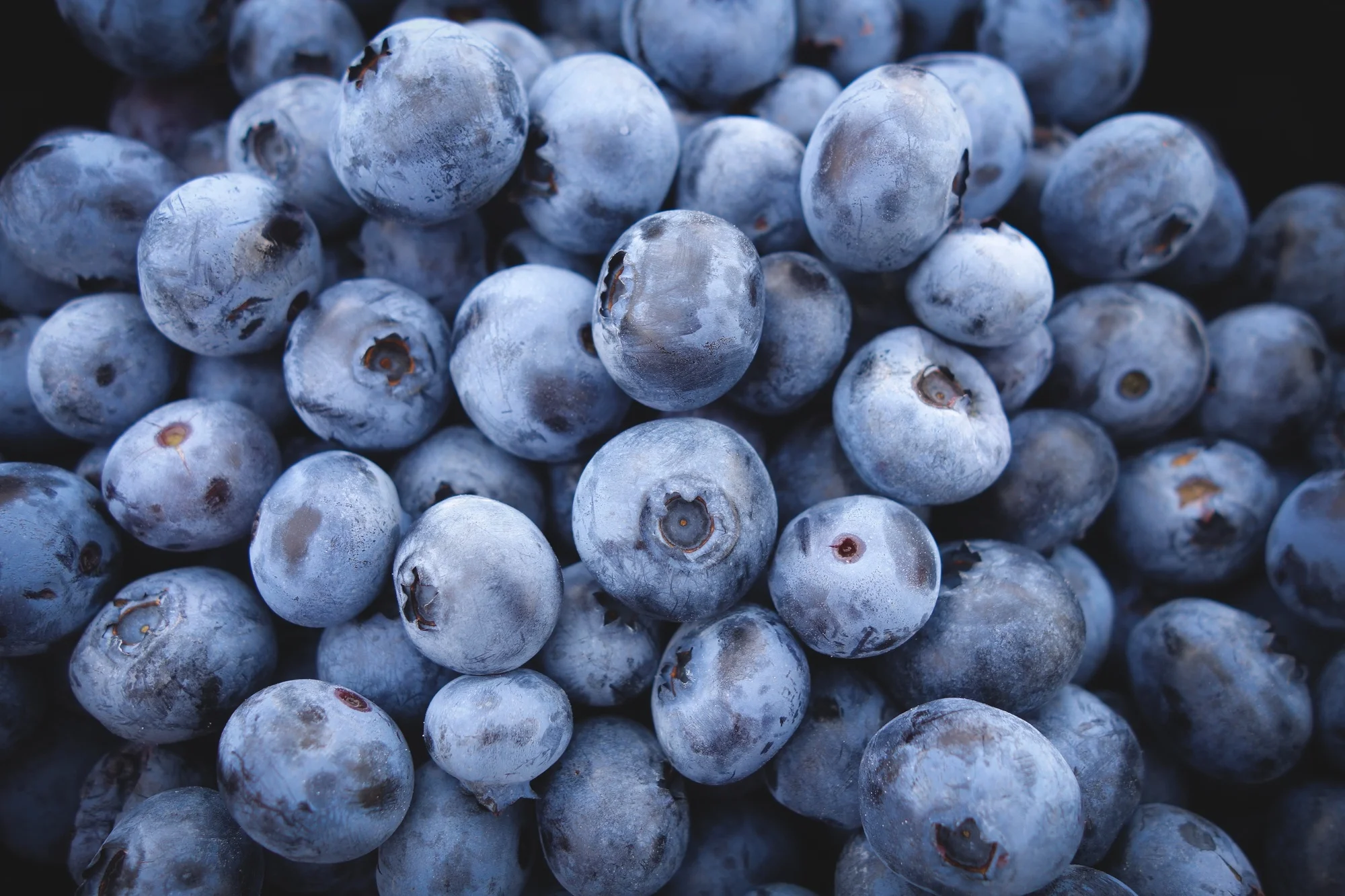Morning sickness remedies: Foods, tips, gadgets, and meal ideas to help you feel better!
/Congrats! You’re pregnant! But wait… now you feel like you’ve partied way too hard and all you did was wake up? Nausea and fatigue are normal and can actually indicate a healthy pregnancy, but they’re still a MAJOR drag. Here are the best foods, natural remedies, and tips to beat morning sickness!
If you’re looking for morning sickness remedies you’re in the right spot! This comprehensive list includes the best foods, practices, gadgets and a few meal ideas to boot. Let me know what you think. If you have any other tips to share, please share them with other mama’s in the comments below!
Are you feeling fatigued too? While this is unfortunately totally normal, especially in the first and third trimesters, here are a few tips to help boost your energy.
Best Foods For Morning Sickness
Frequent small meals: First off, morning sickness is a terrible name since for many people it lasts all *#!% day. Because it’s not just a morning thing, eating small regular meals can help keep it at bay.
Frequent small meals also means you have to prep prep prep for your ventures out of the house. Always make sure to have some snacks and water at the ready in case a wave of nausea hits. You never know when someone will walk by reeking of perfume or garlic and you’ll need to reach into your stash.
Fluids: Drinking water, herbal tea, and other fluids can help reduce nausea, as well as help rehydrate you if you’re vomiting. Some women love ice-cold water or a ginger tea. Others swear by sports drinks, though beware of ones with high sugar which could also spark nausea. (I like Nuun tabs which you can add to your own water and are low in sugar. Check them out here.) You can also try adding a slice of lemon to hot or cold water.
Bedside snacks: An empty tummy is your enemy. Plan ahead for nausea that happens in the middle of the night or the first thing you wake up by having a snack ready. Some women swear by dry crackers, while I always preferred having a bar by the bed. Aim for something not too high in sugar with some protein.
Bland could be best: Foods that are bland tend to be more tolerated than ones that are greasy, spicy or sweet. Sweet foods could bump up blood sugar, which can cause more nausea.
If bland foods are your jam, soda crackers, pretzels, toast, bananas, and applesauce could help you through this period. Starchy foods like rice, pasta, and potatoes can also be easy on a queasy stomach. Broths also have nutrients and can be hydrating and soothing.
Smells: Is scent your trigger? Ask for help preparing fresh meals, or steer towards cooler foods which have less aromatic scents. Cold foods may be more tolerated since they have less scent, which can be a trigger. Try chilled fruit, yogurt, or any other non-stinky food that suits your cravings.
Ginger: You may start to feel like you eat, sleep and breathe ginger after a few weeks of pregnancy. Ginger is a safe and research-backed natural treatment for nausea. While there’s no definitive amount that is recommended, studies usually find results with 0.5–1.5 grams of dried ginger root per day.
While ginger ale was always the go-to when we were kids, it actually doesn’t have much ginger in it. I recommend taking one or two capsules from a trusted brand, as needed throughout the day. Always have a ginger chew or few stashed in your bag. Ginger tea is a great way to hydrate and ingest even more wonderful ginger.
Protein: While bland carbs help some, I personally found that foods high in protein were the only way to stay human. Research agrees: one study found that women who ate high protein meals had significantly less nausea than women who ate carb or fat-heavy meals.
For me, this meant having eggs first thing in the morning. The wait when you first wake up can be torture, so I recommend making a frittata so you can zap it and gnosh. I also liked string cheese, hummus, a handful of nuts, and even occasional turkey meatballs.
B6: B6, which is found in some medications that help pregnancy nausea, can be a great help. According to American Pregnancy, your doctor may recommend 25-50 mg of B6, three times a day. You can also eat foods high in B6 such as pork, poultry, fish, whole grain bread and cereals, eggs, milk, tofu, sweet potatoes, bananas, and avocados.
Tricks for Morning Sickness
Acupressure bands: You’ve seen them for seasickness but they may help you during pregnancy too. (Check them out here.)
Relief band: This FDA approved gadget is positioned on the same spot as acupressure bands, but releases a small pulse of electricity. The setting should be low enough that you don’t feel it, though sometimes it shifts and I got a small surprise. While it doesn’t always help with severe nausea, this could make the difference for me on days with less nausea. (Check it out here.) Pro tip: If you have flex spending, you may be able to cover the cost with that.
Aromatherapy: Peppermint, mandarin and lemon can all help ease nausea. I like the brand Revive because they are well produced and are way cheaper than companies with a ton of marketing and membership fees.
Unisom: Unisom is recommended by the American College of Obstetricians and Gynecologists for treating morning sickness. Unfortunately, unisom is also a sleeping aid, so while it may help you it may also knock you out. I personally recommend taking it at night to help you sleep, but do what works for you!
Meal Ideas for Early Pregnancy
Can’t even stomach thinking about what to eat? Everyone is different, but here are some nutritious meal ideas for the first queasy trimester.
BREAKFAST
Eggs: Eat eggs any way you can. I like them in omelets, but there’s a need for speed when you wake up with morning sickness. Pour liquid eggs in a pan while noshing on some ginger, sprinkle on some cottage cheese or cheddar, and if you want more flavor, keep pre-cut add-ins like onions, chives, or nitrate-free ham to easily pour in. Remember that while you’re supposed to avoid lunch meat, it’s safe if it’s cooked. You could also try making a frittata so you can zap it and gnosh, or a hard boiled egg if cold foods are your preference. (Major bonus: eggs are high in choline, which is amazing for your baby’s developing brain.)
Oatmeal: Fast, bland and easy to digest, mix in 2 teaspoons chia seeds with a ½ cup oatmeal, a cup of milk or water and a sprinkle of cinnamon. Add chopped apple, walnuts or bananas if you need a little more flavor. Bonus: Cinnamon helps regulate glucose levels, which can vary greatly during pregnancy (and cause nausea and frequent snacking.)
SNACK:
Hummus with vegetables or crackers.
Cottage cheese
Hard-boiled egg
A handful of nuts and piece of fruit
Banana with peanut butter
Crackers with nut butter or a slice of cheese
Really whatever you can get down ;)
LUNCH:
Peanut butter and jelly. Is it that healthy? Eeeeh, it’s alright. Have you not had it since grade school? Possibly. But this combo is soothing, has protein to tide you over, and I’ve heard multiple moms boast about its power to soothe their nausea. Grab whole grain bread, peanut butter without added sugar, and possibly sub in some fruit for jelly.
Chicken noodle soup - hydrating, light and soothing.
Remember you can have lunch meat as long you heat it long enough to make it steam, so sandwiches are still on the table.
SNACK!
DINNER: This is really up to your abilities to hold stuff down.
Try to combine a lean protein, a vegetable you find desirable, and a carb that soothes your stomach such as
Grilled chicken, peas and pasta
Salmon, salad, whole grain rice
DESSERT:
Sugar can spike blood sugar levels, which in turn can amp up nausea. Experiment with the sweets you enjoy and see what works for you!



